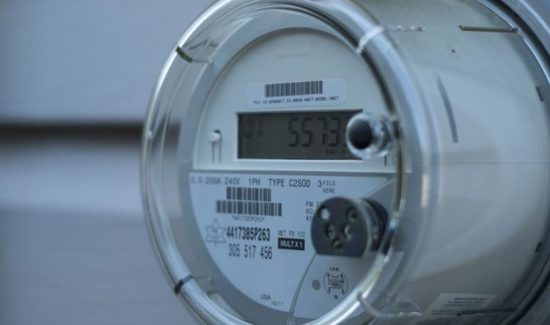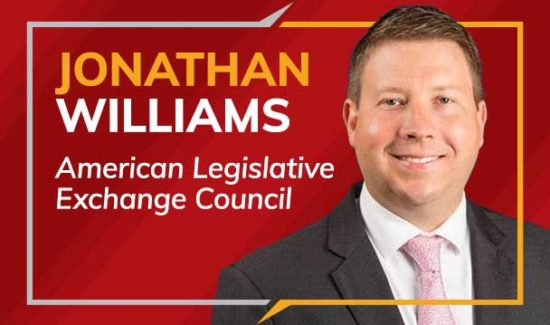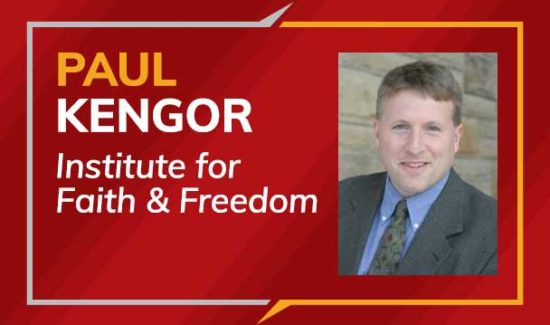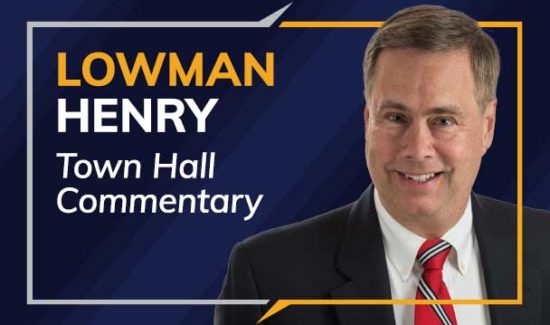Why is RAD Still Funding PAT?
(July 19, 2016)–The Port Authority’s (PAT) fiscal year ended June 30th. The same day, the four year contract between PAT and its largest union also ended. That contract began July 1, 2012.
Think back four years: at the time, the Governor came up with $30 million in additional state aid in exchange for PAT and the union coming up with $30 million in savings over the life of the contract. In order to obtain the required 15 percent local match to receive the additional state funding, a new source was tapped by having the Regional Asset District (RAD) designate PAT as a qualified regional asset. In the 2013 RAD budget (January 1, 2013-December 31, 2013) the $3 million provided by RAD was used to "…match $21million in state funds and allow the Authority to maintain its operating structure through the current fiscal year". Thus RAD’s $3 million was used to cover the required match on $20 million with the County putting in the other $1.5 million to cover the remaining $10 million in added state funds. Further, the budget commentary stated "… we urge state and county leaders to continue their efforts to find alternate, reliable transit funding sources."
Right on cue, at the end of 2013 the General Assembly passed Act 89, the transportation bill. Act 89 provides much higher and stable levels of funding for PAT. The latest audit of PAT (fiscal year July 1, 2014-June 30, 2015) noted that the state granted $212 million in operating assistance—up from $161 million in 2013—and the 15 percent local match under Act 89 came from the County ($28.9 million) and RAD ($3 million).
RAD’s contribution is now a matter of considerable interest in light of information contained in the Comprehensive Annual Financial Report (CAFR) for Allegheny County released in May. The RAD involvement has become interesting because the CAFR shows that the County’s transportation fund had a sizeable surplus at the end of fiscal year December 31, 2015. This fund holds revenue generated by the County’s drink and car rental taxes and provides the County’s local match for PAT.
The existence of a surplus was probably not a surprise to County officials since the fund has had a positive year-end balance every year going back to 2008 when the taxes were first collected. What was likely surprising is a jump in revenue due to a large unexpected payment of penalties and interest. Collections for the fund rose to $47.5 million in 2015 from $42.5 million in 2014. The County’s budget projection for 2015 placed revenue for the fund at only $41.8 million.
After sending money for the required 15 percent match for operating funds ($28.8 million) and for capital needs ($7.2 million) and disbursing $9.9 million for debt service related to PAT projects that the County is involved in some unexplained way and two other small transit operating grants ($0.214 million) the total distribution from the fund was $46.2 million. An audited operating surplus result of $1.3 million that combined with a $14.7 million fund balance from the beginning of 2015 left the fund with a $16 million fund balance at year end 2015.
The Controller’s press release related to the CAFR called for the transportation fund surplus to be put toward restoring service and expanding service, such as light rail, noting "A portion of the surplus funds available today should be invested in planning for this expansion and for leveraging federal funds for this purpose". The County’s budget director stated "We need to have some money set aside if [PAT’s] operating needs increase." A transit advocacy group also weighed in on the surplus. However, officials from RAD were conspicuously absent from commenting on the surplus.
Interestingly, CAFR data for the years since the drink and car rental taxes were levied show the amount the County has contributed for PAT’s matching funds has remained fairly steady in the neighborhood of $28 million. Thus, the question. Why can’t the drink and car rental taxes provide the remaining $3 million instead of expecting RAD to contribute that amount? Clearly even if the County had put in the $3 million for the last three years, the fund balance would have been a positive $7 million at the end of 2015. Not enough for grand expansionist designs but not a negative result either as the Act 89 requirements would be met.
So will RAD continue to designate PAT as an annual asset even though the transportation fund with its dedicated local tax revenue has a sizable surplus? Basically RAD is freeing up $3 million annually of County money that by rights it should not expect to have through RAD’s designation of PAT as an eligible asset to be funded from the RAD share (50% of the 1% local option sales tax). The question is why should RAD provide $3 million annually in order to save the County $3 million in debt service for bonds issued many years ago?
If the County insists on underwriting bond indebtedness to help PAT, it should not be leaning on RAD to pay for some of it. In fact, the County should not be borrowing money on PAT’s behalf. PAT has its own borrowing capacity. County taxpayers are on the hook for matching funds as required by law. Indeed, the drink and car rental taxes were levied for the purpose of providing funds for the match requirement. Beyond that, PAT, as an independent authority, should arrange its own funding as needed through bond issues or more grants from the state and federal governments.
This is especially true now that the transportation bill of 2013 raises plenty of money for PAT for the foreseeable future, assuming they watch their expenditure growth. And that of course is the issue. PAT’s board and management must keep spending under control because PAT already has some of the highest operating costs of mass transit systems across the nation.
It is one thing for RAD to help the County in an emergency but there is no longer an emergency. Recall that in the last decade RAD provided temporary money for the convention center until gaming money was realized.
Finally, the County would have an even bigger transportation fund surplus if it were not paying debt service on bonds it issued years ago to raise money for PAT. Presumably, there was a source of funding for these bonds long before the creation of the drink and car rental taxes or the 2013 crisis. Asking RAD to pay for those bonds is simply not appropriate. Nor is it appropriate for RAD to provide funds for that purpose. The County is not eligible to be classified as a regional asset.
RAD ought to refuse further non-emergency contributions that are simply permitting the County to expand the transportation fund surplus at the expense of worthy potential RAD recipients as designated by the law creating RAD. Mass transportation could have been specifically included in the list of qualifying recipients in the RAD law but it was not. The Legislature at the time was apparently not concerned about mass transit funding in Allegheny County. The RAD board needs to rectify this situation as soon as possible.
Note that the County’s general fund already receives 25 percent of the one percent local sales tax, around $47 million for the current fiscal year according to the 2016 budget. The remaining 25 percent goes to the municipalities in Allegheny County. Thus, nearly ten years after Act 44 authorized two new taxes for the County to put towards mass transit amidst oft repeated assurances that it was those taxes or higher property taxes (although there was a millage hike in 2012 anyway), we now have three local revenue sources of transportation funding in the mix: a drink tax, a car rental tax, and a portion of the sales tax intended for regional assets as defined by the law.
Jake Haulk, Ph.D, President
Eric Montarti, Senior Policy Analyst
If you wish to support our efforts please consider becoming a donor to the Allegheny Institute.The Allegheny Institute is a 501(c)(3) non-profit organization and all contributions are tax deductible.Please mail your contribution to:
The Allegheny Institute
305 Mt. Lebanon Boulevard
Suite 208
Pittsburgh, PA15234
For more on this topic click here
Link to Allegheny Institute Website
Forward this Brief to a friend
Tel: (412) 440-0079
Fax: (412) 440-0085
Email: [email protected]
________________________________________
Click to view this email in a browser
If you no longer wish to receive these emails, please reply to this message with "Unsubscribe" in the subject line or simply click on the following link: Unsubscribe
________________________________________
Allegheny Institute for Public Policy
305 Mt. Lebanon Blvd. Ste #208
Pittsburgh, PA 15234
US
Read the VerticalResponse marketing policy.





